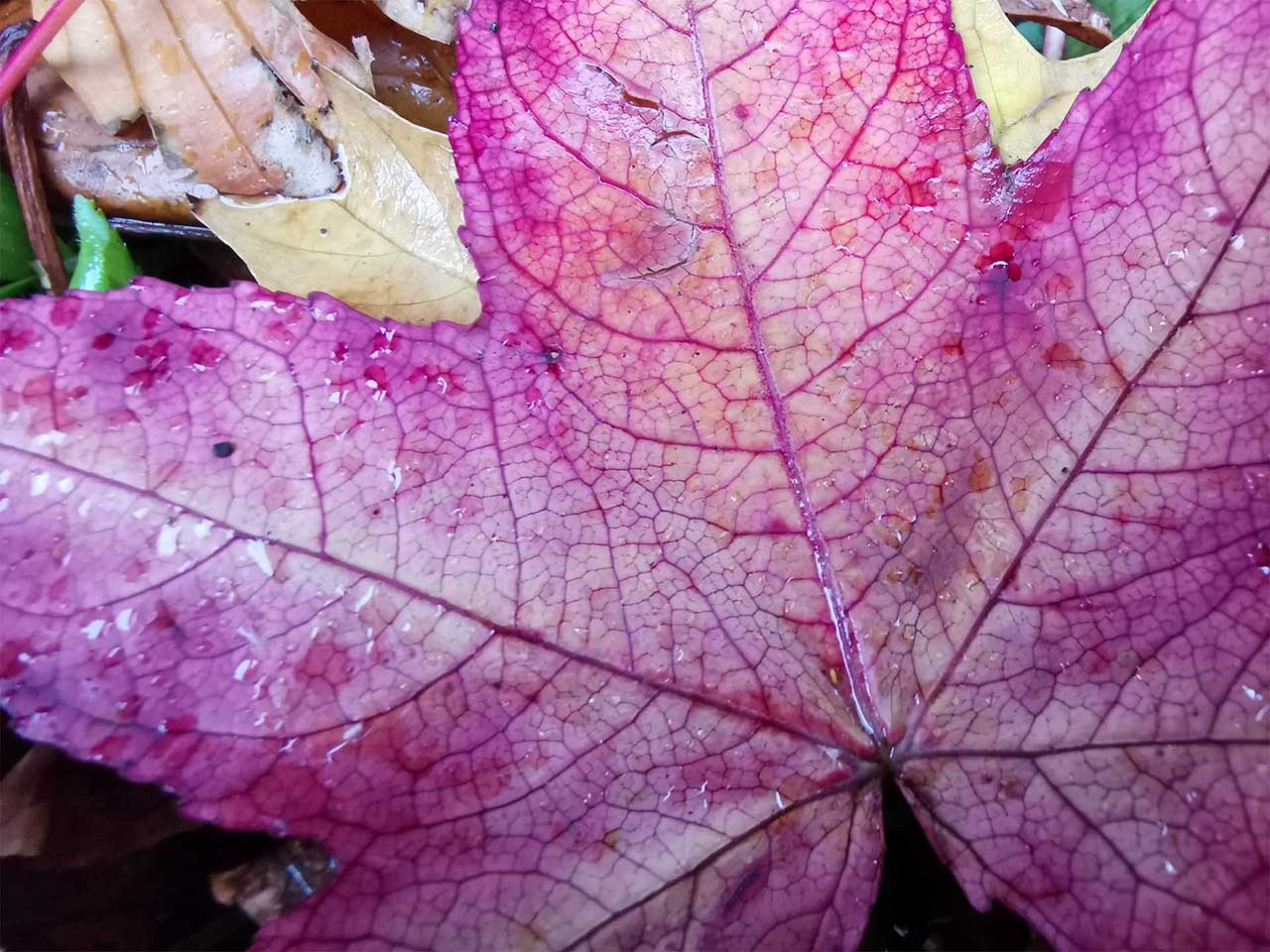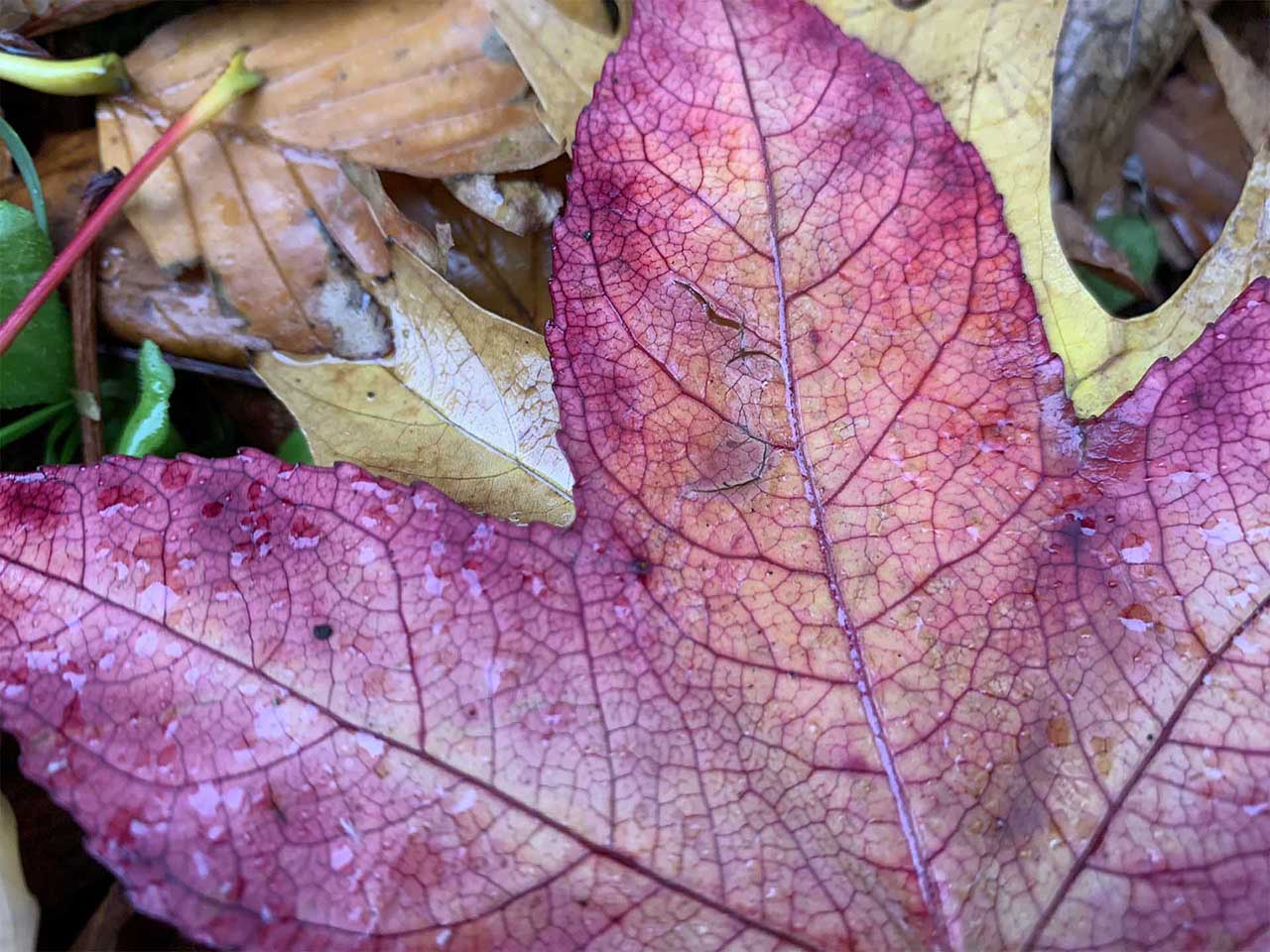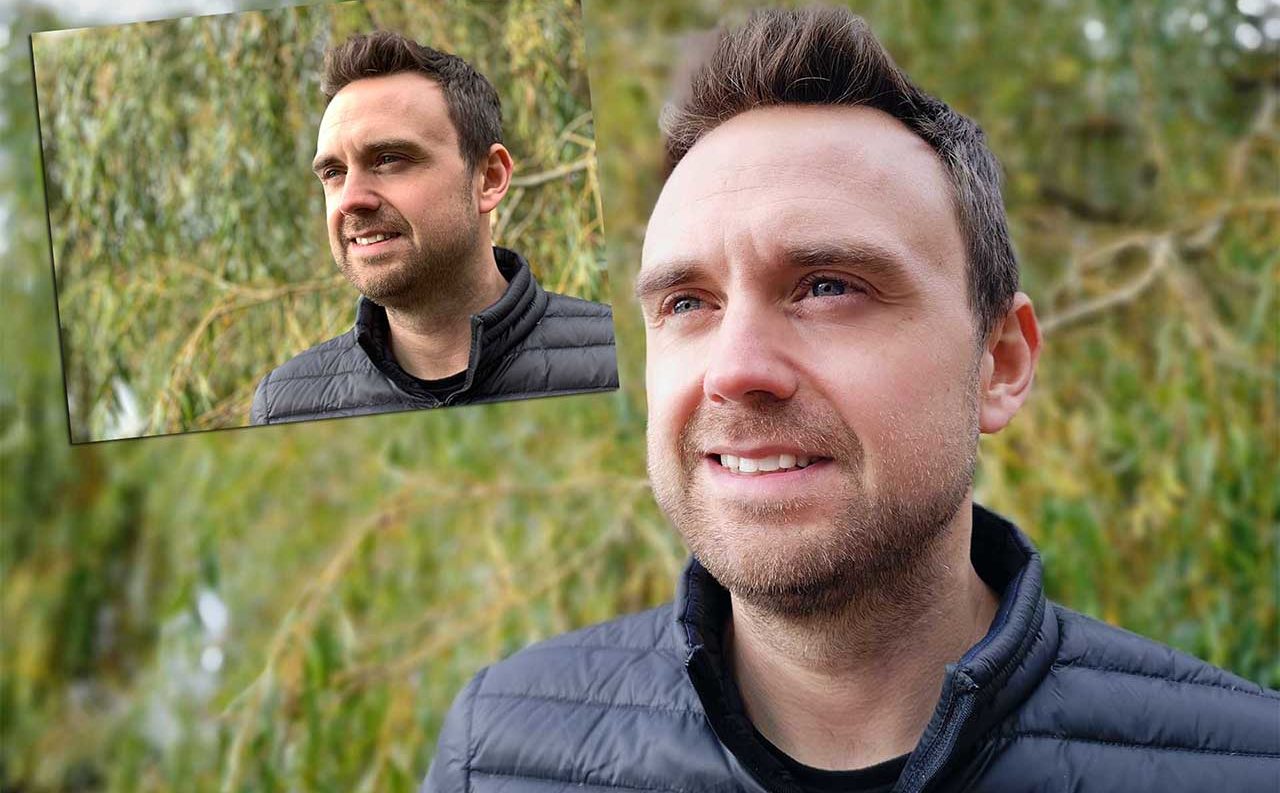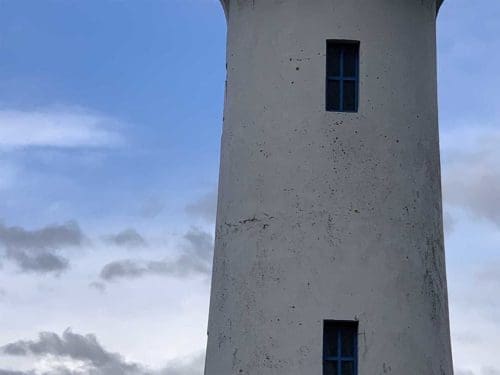Choosing a smartphone for photography these days is quite a tricky task, with a huge amount of options to consider.
In this piece, we’re going to look at how two of the most popular and exciting new smartphones stack up against each other and answer the question: is the iPhone XS or Huawei Mate 20 Pro better for photography?
Both phones sit at the very top of their manufacturers line-up, promising to give the user a superior camera performance. If you’re torn between which one to choose, hopefully this piece will help you make the decision.
For the purposes of this iPhone XS vs Huawei Mate 20 Pro comparison we’ll generally be talking about the iPhone XS. However, it will mostly apply to the iPhone XS Max too, since both devices use the same camera setup.
iPhone XS vs Huawei Mate 20 Pro: Screen
The iPhone XS (standard) has a screen size of 5.8-inches, and is an OLED with a 2436 x 1125 resolution at 458ppi. If you opt for the larger iPhone XS Max, you’ll get a 6.5-inch screen, which is also OLED but offers 2688 x 1242 resolution at 458ppi.
Meanwhile, there’s just one screen size to consider for the Mate 20 Pro. It’s closer in size to the iPhone XS Max, at 6.39-inches. It has a higher resolution than either of the iPhone options though, at 3120 x 1440 at 538ppi. The Mate 20 Pro’s screen is curved, with extremely minimal bezels.
Both of the phones feature a “notch”, but with the Mate 20 Pro, you can opt to switch it “off” (losing part of the display in the process).
iPhone XS vs Huawei Mate 20 Pro: Sensors & Resolutions
The Huawei Mate 20 Pro has three camera sensors on the rear. The “main” or default camera offers a whopping 40 megapixels of resolution, on a large 1/1.7-inch sensor – this is the same size of sensor we used to see in premium compact cameras, and is very large by mobile phone standards.
It is joined by a 20 megapixel sensor for the ultra wide-angle lens, which is 1/2.7-inches, and an 8 megapixel sensor for the telephoto lens, which is 1/4 inch.
Meanwhile, Apple is a little more secretive about its camera tech. It’s open about the fact that both of its rear cameras are 12 megapixel, but it doesn’t officially disclose the size of its sensors. Third parties have suggested that the main wide-angle camera has a 1/2.5-inch sensor, however.
- Mate 20 Pro wide-angle
- iPhone XS wide-angle
- Mate 20 Pro telephoto
- iPhone XS telephoto
- Mate 20 Pro 5x Hybrid Zoom
- iPhone XS digital zoom
iPhone XS vs Huawei Mate 20 Pro: Lenses
The iPhone XS has a dual lens setup (excluding those found on the front), giving you a wide-angle f/1.8 lens with a 26mm equivalent focal length, coupled with a 2x f/2.4 zoom lens which gives you a 52mm equivalent.
Huawei goes one step further by giving us three different focal lengths to choose from, with the newly introduced wide-angle f/2.2 lens (16mm equivalent).
This camera/lens replaces the monochrome-only sensor from the P20 Pro, giving you added flexibility for different kinds of shot. The main lens is a XXmm equivalent, f/1.8 lens, while in this case the telephoto lens is a f/2.4 3x zoom, or 80mm equivalent.
It’s also worth mentioning in this section that the Huawei’s lenses are made by Leica, too.
Both phones also offer a digital zoom, with the Huawei using 5x “hybrid” zoom, as well as up to 10x pure digital zoom. The iPhone XS also offers up to 10x digital zoom.

Mate 20 Pro close up
iPhone XS vs Huawei Mate 20 Pro: Native camera app
Not a lot has changed with the native iPhone camera app over the years. It’s a very simple and straightforward app to use, and is great if you’re coming from previous generations of the phone as you can pick it up and know what you’re doing with it immediately.
However, for photographers, it’s frustratingly limited. You can’t adjust any manual settings, or shoot in raw format. The number of “special” modes are limited too – with just the Portrait mode available for creating shallow depth of field effects.
By contrast, the Huawei Mate 20 Pro’s native camera app is extremely well-featured. It offers a default, straightforward shooting option, but for those that want it, there’s a Pro mode which gives you direct control over many key shooting settings, and gives you the ability to shoot in raw format too.
You’ll also find several additional useful modes, such as Night Mode, Portrait Mode, Aperture Mode and so on.

iPhone XS close up
iPhone XS vs Huawei Mate 20 Pro: Image Quality
It goes without saying that for photographers, this is the most important aspect of any device.
Both phones can produce fantastic images, especially in good light. Both pack lots of detail in and show a good dynamic range and pleasing colours. With Master AI switched on, the Mate 20 Pro can go a little overboard with saturation, so it’s worth keeping an eye on that if you want ultimate realism (perhaps switch it off if you do).
In terms of shallow depth of field effects and portraits, the Mate 20 Pro has the edge here – especially when it comes to non-human subjects.
Overall, the Mate 20 Pro pips the iPhone XS to the post in a number of different scenarios. The Mate 20 Pro is better for close-up shooting, thanks to a dedicated close-up macro mode, while having that wide-angle lens is really a bonus for landscape and architectural type photography.

Mate 20 Pro low light
iPhone XS vs Huawei Mate 20 Pro: Low Light
One of my favourite things about the Mate 20 Pro is its fantastic Night Mode – which is something we also saw in the P20 Pro. In essence, it combines together a series of exposures to create a long exposure type effect. It does it all hand-held, which is even more impressive.
It doesn’t work so well for subjects which might be moving – but otherwise, it’s a fantastic option for shooting at night – or indeed in any situation where the light is low, such as interiors.
The iPhone XS meanwhile does a reasonable job in low light, producing images which are fairly detailed – but it doesn’t produce the same kind of impressive effects as the Mate 20 Pro.

iPhone XS low light
iPhone XS vs Huawei Mate 20 Pro: Battery Life
Battery life is a big bone of contention with iPhones, with it perhaps being especially important for photographers who may be using the onboard camera frequently. Apple again doesn’t disclose the official battery capacity, but claims that the iPhone XS lasts around 30 minutes longer than the iPhone X, while the XS Max lasts 1.5 hours longer.
In practice, we’ve found it to be reasonably good – but it’s still worth carrying an extra battery pack with you just to be sure, especially if you’re going to be shooting a lot.
By contrast, the Mate 20 Pro has a huge 4200 mAh battery, which boasts an impressively long battery life. Of course it depends on what you’re doing with the phone, but I’ve not yet seen it run out of battery before the end of the day in the time I’ve been using it. An extra battery pack is worth having with you if you’re doing a lot of travelling, but on an everyday basis, it’s not altogether likely you’d need one.
iPhone XS vs Huawei Mate 20 Pro: Capacity
The Huawei Mate 20 Pro comes in just one storage variety – 128GB. This is likely to be more than enough storage for most, but just in case it’s not, you can expand the storage using Huawei’s brand new Nano Memory cards, giving you the flexibility to at least double the storage capacity should you run out.
With the iPhone XS Max, you’ll have to pre-empt how much space you think you’ll need, as it’s not possible to expand storage. There are three different size options – 64GB, 256GB and 512GB. We’d recommend at least 256GB for most average photographers who are intending to use the camera frequently – especially if you want to shoot lots of video.
iPhone XS vs Huawei Mate 20 Pro: Price
You can buy either phone outright (sim free), or as part of a contract. Since contract deals are extremely varied (and changeable), we’re only talking about the sim free price here.
The Mate 20 Pro is available in just one storage capacity (128GB), and will set you back £899. By contrast, the iPhone XS offers three different size varieties – so you could spend £999 (64GB), £1,149 (256GB) or £1,349 (512GB).
Since it’s not possible to expand an iPhone’s storage, it’s worth investing in the largest device you can afford if you’re planning on taking a lot of photos and videos.
iPhone XS vs Huawei Mate 20 Pro: Verdict
Picking a winner out of the Huawei Mate 20 Pro and the iPhone XS is relatively easy – on paper. For photographers at least, the Mate 20 Pro wins in pretty much every category.
It’s cheaper, has better battery life, a better screen, a much better native camera app, an additional lens, and gives you the option to expand the capacity. Most importantly of course, it also produces better pictures.
Meanwhile, the iPhone XS is more expensive, has a poorer battery life, a worse screen, a very basic native camera app, just two lenses and a fixed capacity.
All that aside though – it’s not that simple for everybody. There will be those that simply prefer the look and feel of an iPhone, along with how iOS works compared with Android. However, if you’re looking purely for the best phone, photographically, the Mate 20 Pro has to be our recommendation.









